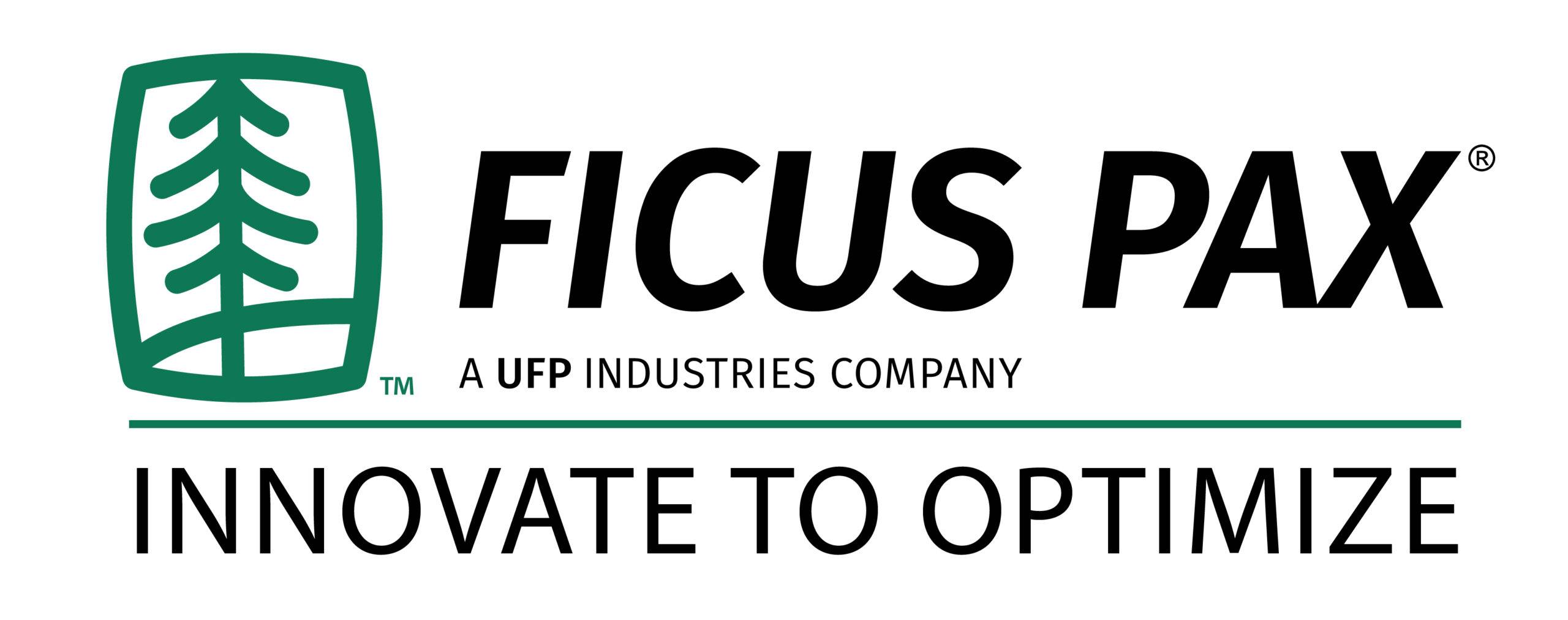Eco-Friendly Packaging Alternatives for Clothing Brands

Eco-friendly packaging alternatives have become increasingly important for clothing brands as consumers and businesses strive to reduce their environmental impact. Traditional packaging materials, such as plastic bags and excessive amounts of paper, contribute to waste and pollution. In this response, we will explore some of the best eco-friendly packaging alternatives for clothing brands, providing relevant and actionable suggestions for sustainable packaging solutions.
- Recycled and Recyclable Materials: Using recycled materials for clothing packaging is an excellent way to reduce waste and minimize the demand for new resources. Brands can opt for packaging made from post-consumer recycled materials, such as cardboard or paperboard. These materials can be easily recycled after use, keeping them in a circular economy. Additionally, using soy-based or water-based inks for printing packaging materials reduces the environmental impact further.
- Biodegradable and Compostable Materials: Another sustainable option is to utilize biodegradable and compostable materials for packaging clothing items. Materials like biodegradable plastics, cornstarch-based polymers, or compostable bio-plastics can replace traditional plastic bags. These materials break down naturally over time, reducing their impact on landfills and the environment. Brands can also consider using compostable mailer bags made from plant-based materials, providing a sustainable packaging solution for online orders.
- Reusable Packaging: Encouraging customers to reuse packaging can significantly reduce waste. Brands can design packaging that doubles as a reusable tote bag, providing customers with an additional product while reducing the need for extra packaging. This approach promotes sustainability and creates a positive brand image by encouraging customers to engage in eco-friendly practices. Additionally, brands can include instructions on how to reuse or repurpose packaging materials to inspire customers’ creativity and reduce waste further.
- Minimalist Packaging: Adopting a minimalist approach to packaging can significantly reduce material waste. By using less packaging overall, clothing brands can minimize their environmental impact. For example, instead of using excess tissue paper or unnecessary plastic wraps, clothing items can be folded neatly and placed in a simple, branded paper bag or box. This approach not only reduces waste but also provides a clean and modern aesthetic that aligns with sustainable values.
- FSC-Certified Paper: For clothing brands that prefer using paper-based packaging, it is essential to ensure that the paper comes from responsibly managed forests. The Forest Stewardship Council (FSC) certification guarantees that the paper used in packaging is sourced sustainably. By opting for FSC-certified paper, brands support responsible forest management practices, which helps protect biodiversity and promote sustainable livelihoods.
- Innovative Alternatives: Innovation in packaging materials has led to the development of various sustainable alternatives. For example, mushroom packaging, also known as mycelium packaging, uses the roots of mushrooms to create a biodegradable and compostable packaging material. It provides a natural and eco-friendly option for clothing brands. Another example is seaweed-based packaging, which is edible, biodegradable, and does not require additional resources for production. By exploring and adopting such innovative alternatives, clothing brands can make a significant impact on reducing packaging waste.
- Local and Regional Sourcing: Reducing the distance that packaging materials travel can help lower carbon emissions associated with transportation. Clothing brands can opt for local or regional sourcing of packaging materials to support nearby businesses and reduce their environmental footprint. Working with local suppliers also provides opportunities for collaboration and ensures transparency in the supply chain, enhancing the overall sustainability of the packaging process.
- Education and Communication: In addition to implementing eco-friendly packaging alternatives, it is crucial for clothing brands to educate their customers about the importance of sustainable packaging. Brands can include informational inserts or labels on packaging materials, explaining the eco-friendly choices made and encouraging customers to recycle or reuse the packaging. By raising awareness and fostering a sense of responsibility among consumers, clothing brands can create a positive impact on sustainable packaging practices.
Implementing eco-friendly packaging alternatives for clothing brands requires a combination of conscious material choices, thoughtful design, and effective communication with customers. By adopting recycled and recyclable materials, biodegradable and compostable options, reusable packaging, minimalist designs, and exploring innovative alternatives, clothing brands can significantly reduce their environmental impact. Additionally, supporting local sourcing, obtaining certifications like FSC, and educating customers about sustainable practices contribute to a more sustainable packaging ecosystem. Through these efforts, clothing brands can align their packaging with their environmental values and contribute to a greener future.




Leave a Comment